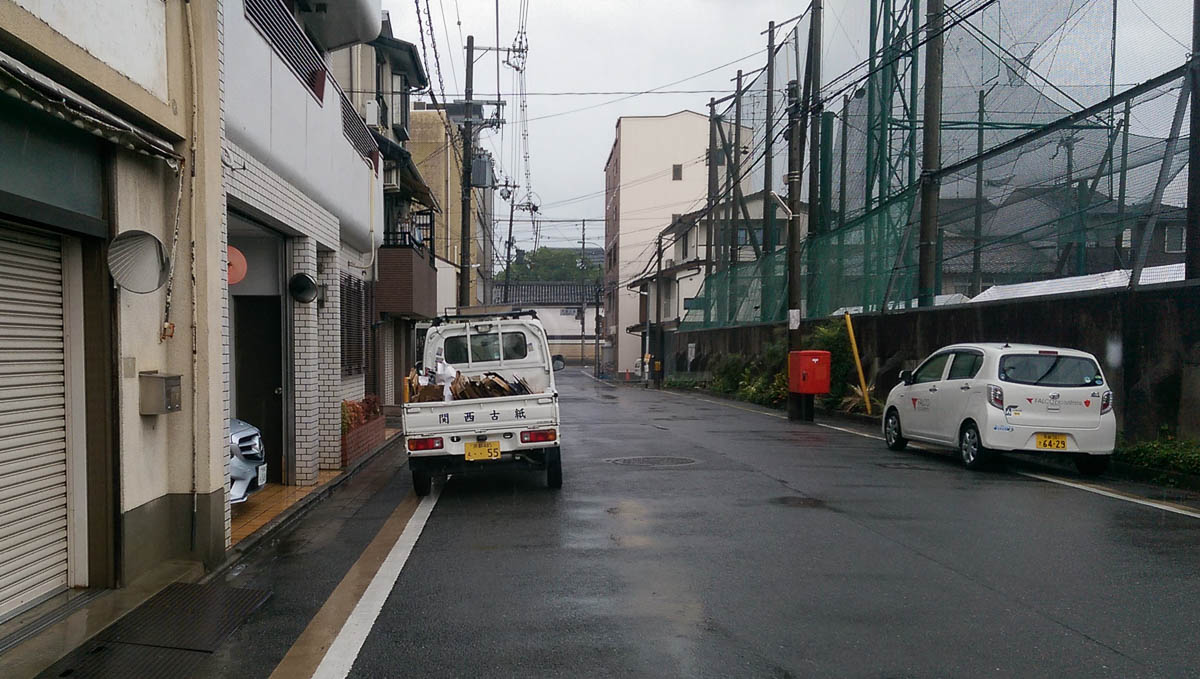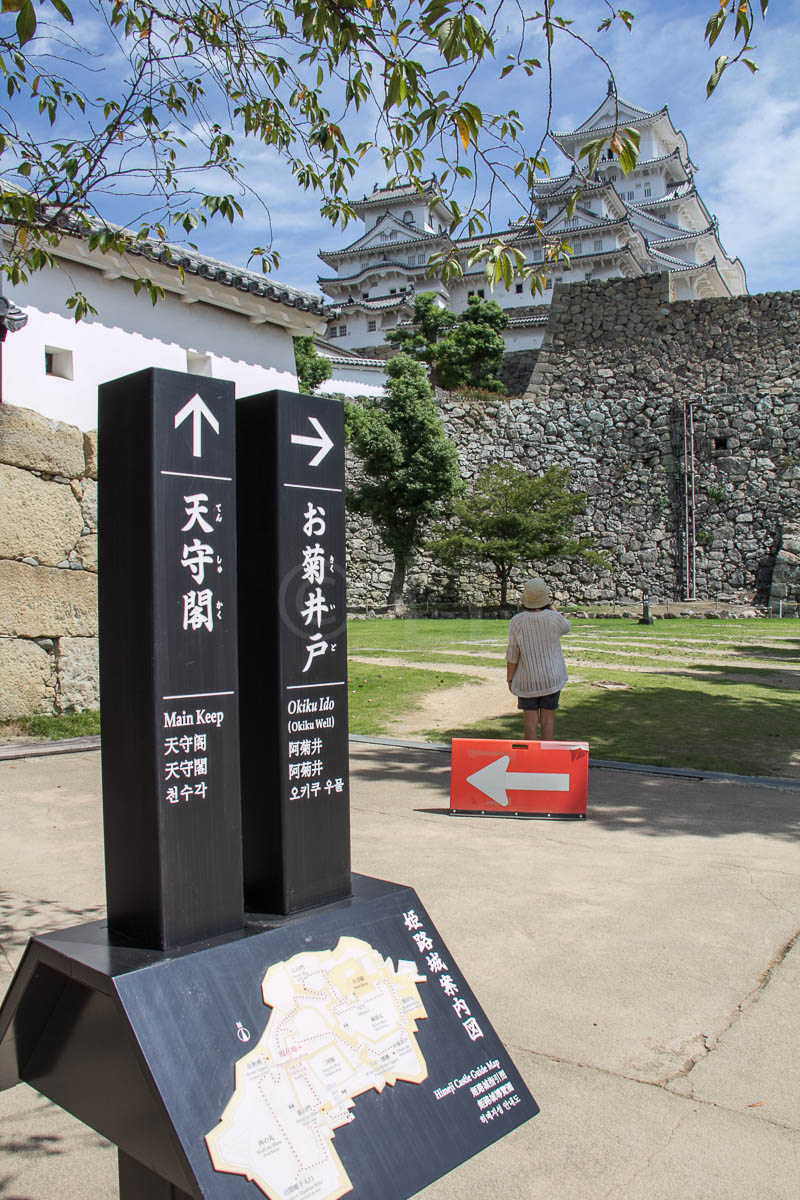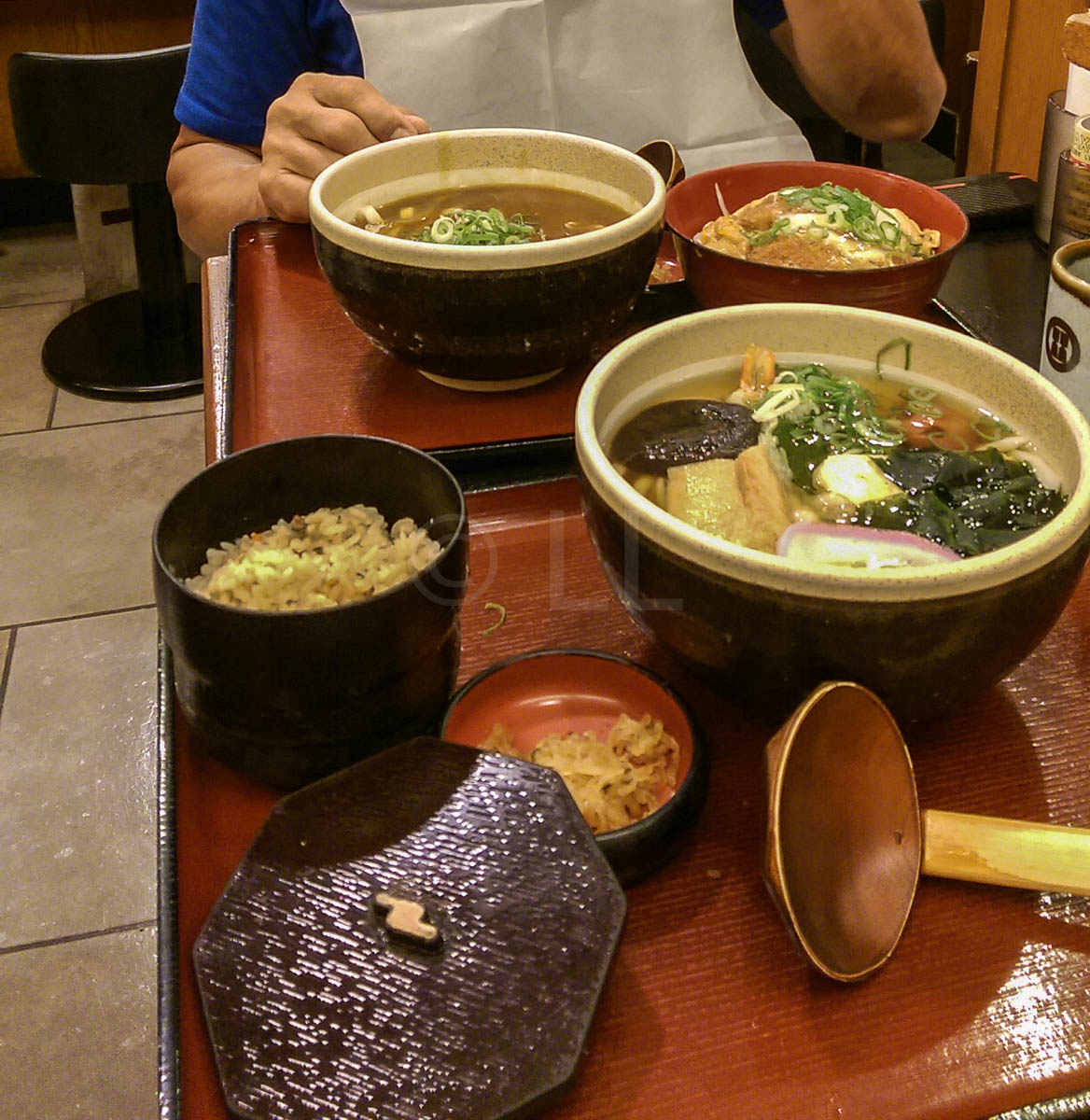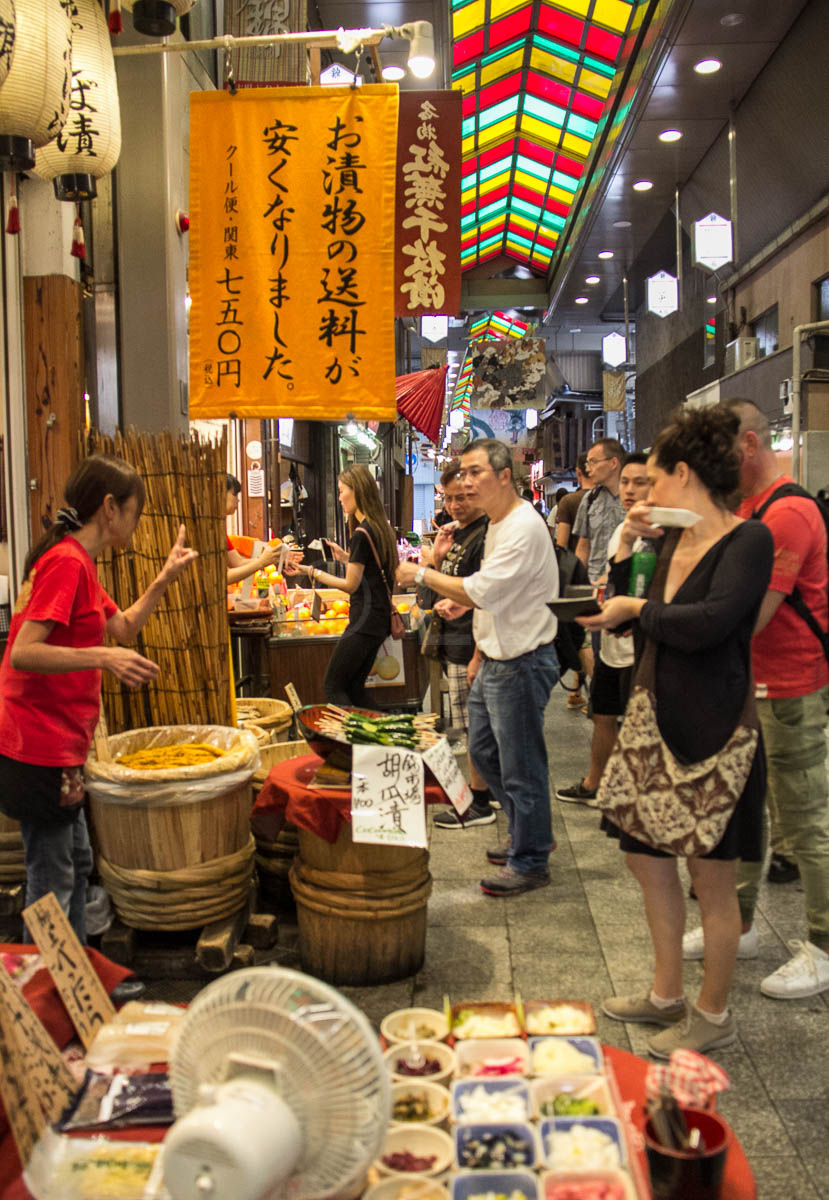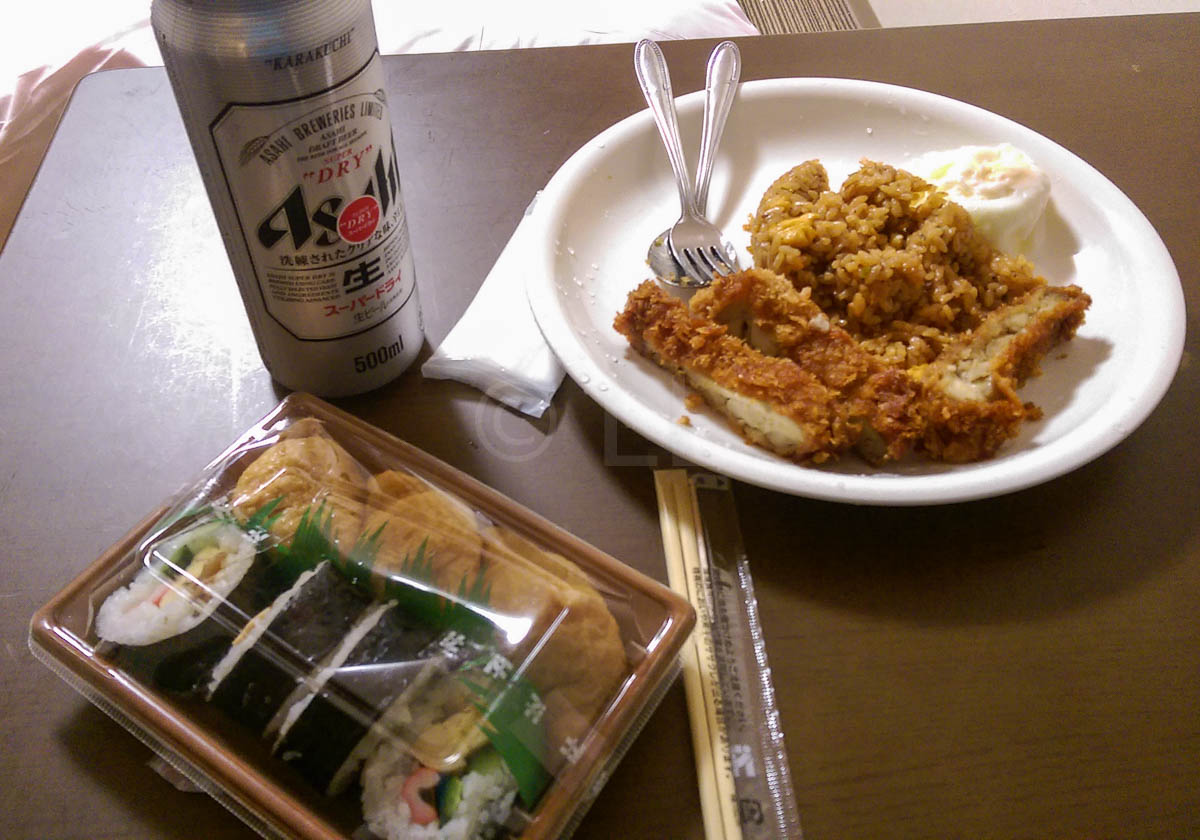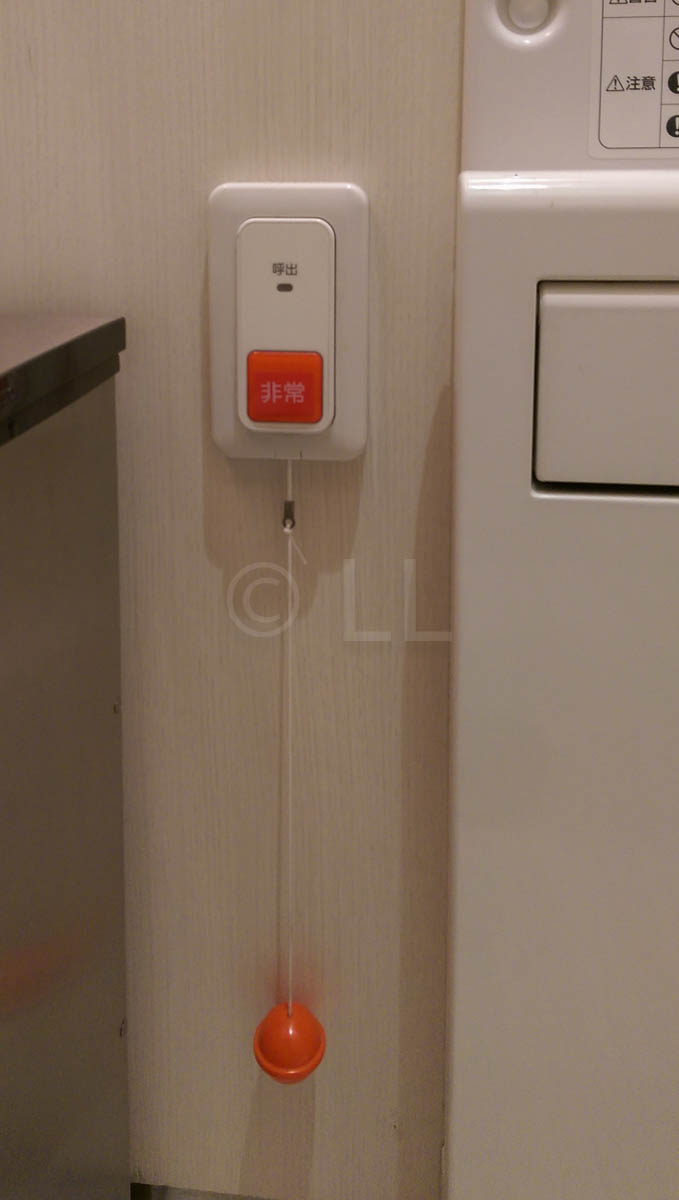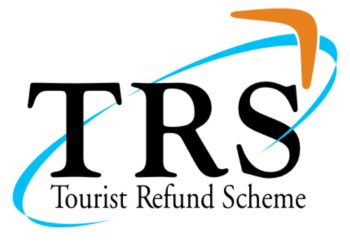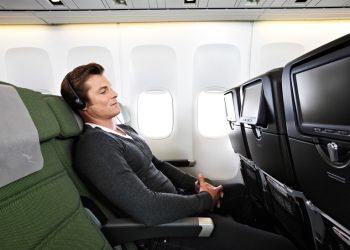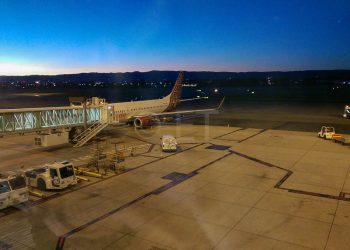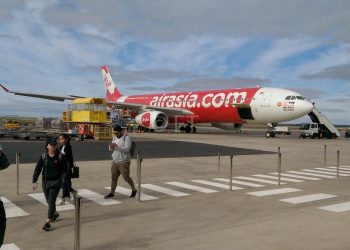We visited the Kansai Region in Japan pre-pandemic and made some interesting and sometimes useful discoveries. Many, if not all, may be applicable across Japan, so if you’re planning a trip, here’s our list to get you started. The last one isn’t so important. But it is sort of cute. Do let us know in the comments if you have some to share, or even update, since things may have changed.
Useful discoveries – getting about
- Get your bearings – maps, airport/railway stations etc are available in different languages. Go high – Kyoto Tower isn’t high by ‘world standards’, but since it’s taller (at 100m) than all the other buildings in the vicinity, it’s perfectly high enough. In Osaka, there are 37 buildings taller than 150 m and two that are 300m tall.
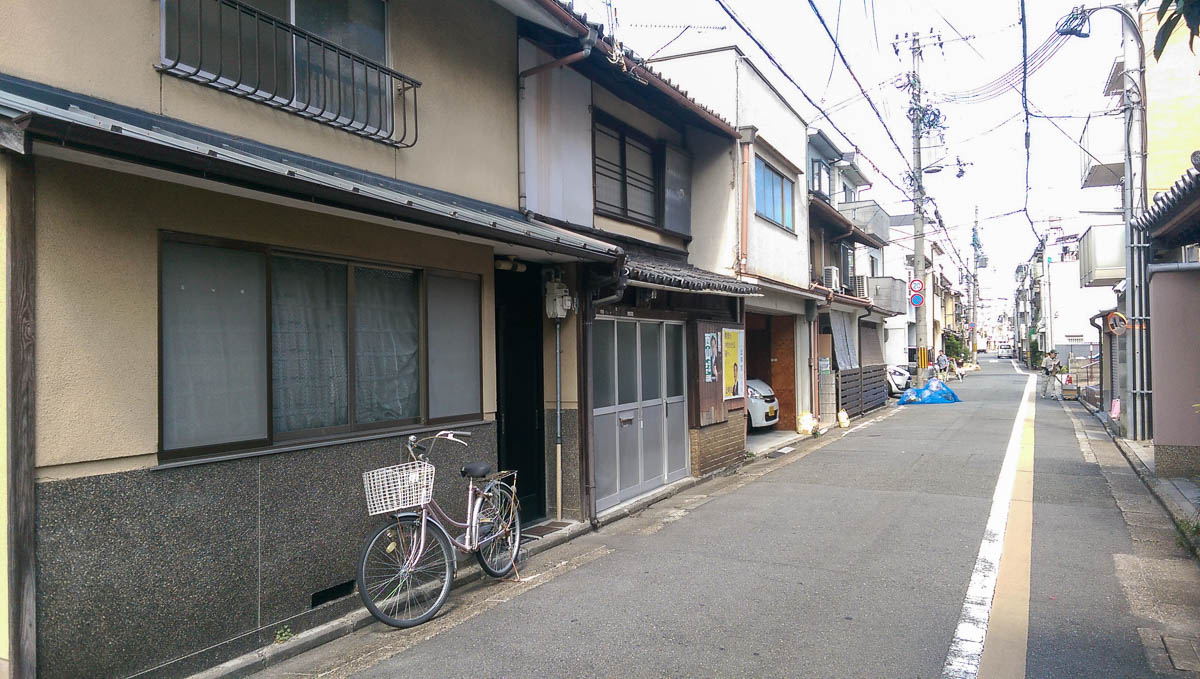
- Streets aren’t always (like mostly never for the smaller ones) named. Laneways aren’t generally back lanes. They are small roads. Don’t forget to count them if you’re following a map as it’s easy to get lost. They are very clean and tidy.
- They drive on the left in Japan (one of the few non-British Commonwealth countries to do so – Thailand is another.) So look to the left first, before you cross. Drivers are quite disciplined when it comes to stopping at a pedestrian crossing, of which there are many.
- Bicycles are popular. If you’re a visitor, they are a great way to get around. Prices vary, but estimate around ¥1000 per day. Designated parking spots are often available at popular destinations. Trains and buses are also a good way to get around, get an ICOCA stored value card from a Station, to make paying for your ticket easier.
- Instructions are in Japanese (duh) but signs often have English, or at least romanised script. It helps if you can read Chinese characters as one form of the Japanese written language is Kanji. This uses Chinese characters adapted for Japanese. The sound may be different, but the meaning is there.
Food and other useful discoveries
- Lots of 7 Eleven, Lawsons and Family Mart stores have packed take-aways and basic consumables. Fruit & veg especially, tend to be expensive. Lawsons had a few more veges and ‘cook yourself’ items. There’s an Isetan supermarket at Kyoto Station, but prices are higher. Aeon supermarkets are more mid-level pricing, with a good range of food. Harve at Kyoto station, south side, is also affordable. We picked up some oblong rice balls, recommended by a Japanese gentleman who always buys to take back to Tokyo.
- Food in restaurants is relatively expensive, though it depends where, obviously. Railway stations are a good place to find food, with a range of types and prices available. Porto Dining under Kyoto Station (North side), or Shin Umeda Shokudougai and Hankyu Dept at Osaka Station have plenty of choice. A must visit is the Nishiki Market in Kyoto – try all the Japanese foods on sample.
- Bread is mostly white! A Japanese bakery or sweet store is an eye-opening experience, for the sheer variety of choice. There are many specialty shops, especially at the Stations and popular tourist areas. Look for the famous wobbly cheesecakes in Osaka or decorative biscuit stores everywhere They are certainly imaginative.
Toilets and other discoveries
- Toilets are awesome (or not). While mostly clean, the actual toilet setup runs the full range from basic to very impressive. We used basic squat – some with usage instructions – to some very fancy arrangements. Some of the fancier toilets featured baby chairs, water saving modifications and the best – privacy settings. The privacy mode in public toilets is a sound played to mask the ones you don’t want to share. We heard sounds ranging from forest noises to waterfall sounds.
- The one yen coins float. OK. This may not be important, but it is cute, so we checked. You have to be careful, but it works. Incidentally, the coin apparently costs double the face value to produce.
images © LL

